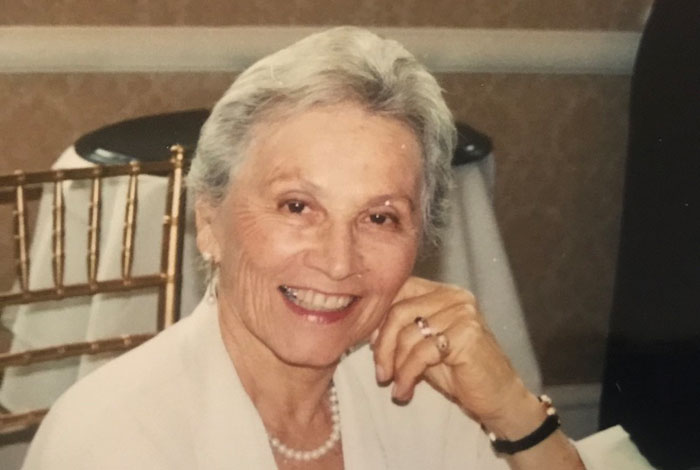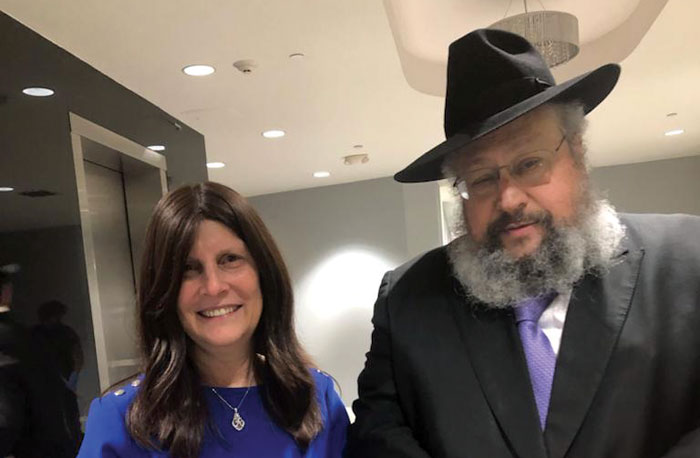
Those of a certain age recall when Howard Baker, long-time Republican Senator from Tennessee, asked the question that was the beginning of the end for President Nixon, “What did the President know and when did he know it?” As these days turn to weeks and weeks into months, the American people increasingly will be asking not only of their President, but of their Governors and local leaders as well, “what did they know and when did they know it?” Add to that, “what did they do about it?” When voters wrestle with this question in November, they may find the answer unsettling and, perhaps, damning of leaders they previously supported. And history will not be kind.
Apologies in advance for the longer-than-usual musing below and what some will see as partisanship. But I think it’s important, with all the gubernatorial pronouncements and flailing in Washington, to revisit their respective roles and how federalism worked backwards (well, failed to work) in this instance. Also, you can skip this and go directly to the fun stuff at the end…
WASHINGTON’S INACTION
First, a recap of our Federal government failing to act for us all… By now we are all too familiar with the timeline that began with a small outbreak in Wuhan, which expanded to larger swathes of China and then leapt across national boundaries and oceans, wreaking havoc in Italy. The first case showed up in Washington State on January 20, after which a nursing home became the first U.S. “hot spot.” On January 22, the President said, “we have it totally under control,” praising China’s transparency days later, and on January 31, said:
“We think we have it very well under control…we think it’s going to have a very good ending for us…that I can assure you”
He said essentially the same throughout the last week of February, saying , it was “very well under control in our country,” and “…within a couple of days…is going to be down to close to zero, that’s a pretty good job we’ve done.”
You get the drift. “It’s going to disappear like a miracle,” we’re going to be “raring to go by Easter,” “anyone who wants a test can get a test,” etc., etc., ad nauseum. All of this while we now learn the timeline of knowledge of risk of this pandemic stretches back to January and of the inevitable risk of any pandemic stretches at least back to George W. Bush’s presidency…
PARALLELS TO PEARL HARBOR?
Some compare the nation’s late reaction to Pearl Harbor, when many warning signs were ignored. Certainly it’s a human condition to believe that calamity can’t possibly strike us. When it does, it’s a shock, while history confirms that it ought not have been. This, I suppose, is an acknowledgement that we shouldn’t be too quick to blame the President for ignoring early warning signs—just on repeated failures to acknowledge the problem once it reached our shores. Here’s an interesting perspective from Daniel Henninger, of the Wall Street Journal.
One quote from this article is particularly instructive: “But 50 states are not individually equipped to solve the science of a rampant unknown virus. A pandemic of its nature requires a national clearinghouse of knowledge and consistent central-government direction, while leaving space for decisions by lower levels of government.”
MIXED RESPONSE FROM THE STATES
The Federal government’s failure to take decisive action to tamp down the virus’s spread meant it fell upon the States to do so. One of the great strengths of our Federal system is the way in which states are given the leeway to experiment with an idea before its adoption nationwide. Some ideas work best in small trial samples before being expanded (See, for example, Romney care). But not so with viral risk.
Here, by not taking the lead, Washington passed the buck to the States. This, of course, was crazy. Diseases don’t know boundaries. And States lack the data, resources and depth of expertise of the Federal government (even in its current state of depletion), and all are highly dependent upon the opinion of one person—the State’s governor—to decide on a course of action. These governors are of varying levels of sophistication and reelection prospects. By leaving it to the governors, we exposed their citizens unnecessarily to greater risk and, by extension, exposed all the rest of us.
So how did these governors do? Well, not so well. The New York Times has been keeping count of the States and when they instituted shelter-in-place orders. What one learns is:
- Puerto Rico was the first State or Territory to institute an order, back on March 15th. Poor Puerto Rico knows a catastrophe when it sees it and, sadly, got to experience the ineptitude and venality of the Federal government first-hand with the handling of Hurricane Maria.
- California was the first State to institute a shelter in place order. Kudos to Governor Newsom. But even he was slow, as Santa Clara County restricted large gatherings as early as March 3 and a shelter in place four days earlier than the State did. Ohio’s Republican Governor Mike DeWine evoked “we are at war,” acting quickly and decisively. Democratic Governor Gretchen Whitmer stated, in issuing her order, “Without a comprehensive national strategy, we, the states, must take action.” (NB: sounds like a Vice Presidential candidate to me)
- While Governor Cuomo rightfully is getting credit for his leadership today, New York failed to act quickly and has paid the price in burdens on the health care system and death toll.
- It took weeks for Texas (on March 31, the governor indicated “this is not a stay at home strategy,” before changing course), Florida and Alabama (Alabama’s governor proudly proclaimed “we’re not California”—too bad for Alabamans, whose lives were in her hands) also were late to the game (April 2-4).
- Eight States have done nothing as of this week (in two of them, some cities have acted). What in the world are these Governors possibly be thinking today?
It is instructive to note that the majority of the States that waited the longest were in “deep red” states in the South and Midwest, with Governors that implied or actually stated that they were waiting for the President to indicate his approval before they would act. It is hard not to see the cold political calculus, in which human lives apparently did not figure in significantly, that went into these governors’ decisions.
FEDERALISM TURNED UPSIDE-DOWN
Besides the administration’s unwillingness to let science direct politics (rather than the other way around), the response to the virus got caught up in the political battle of “large national government” versus “states’ rights.” Regardless of one’s view on federalism, there are certain things that only a national government can do—maintain a military and protect us (so that we needn’t all buy guns to protect ourselves), enter into treaties and trade pacts, coordinate air traffic control, etc. None of this requires a large government—just a competent one. Because States cannot restrict travel and commerce coming to their borders, what one State does has an impact on the others. And because some governors acted too late (or not at all), it affects everyone.
Curiously, the Federal government actually did assert its primacy in the utilization of our strategic and ongoing reserves of medical and protective gear. In that instance, notwithstanding long term policy and practice, Prime Minister Jared Kushner declared that these reserves belong to the Federal government. Previously, the Federal government was supposed to act as a national quartermaster, marshalling these resources to be called on by the States when needed (as laid out on the website before changed by the administration after the PM’s speech). The States have better information about their own circumstances and needs and would be the best to allocate these resources. So in this instance, when the States should be in control, their power has been taken away. This of course flies in the face of the administration’s fealty to the concept of a small national government.
We got it exactly backward. On the issue of national lock-down, it was a national issue treated as a States issue. On implementation of health care strategies and allocation of resources, it is a States issue that the federal government would like to commandeer.
Why rant about this? It’s not just that we were unprepared; not just that supplies were low; and not that we didn’t hear from the experts in the field. We knew full well and yet knowingly ignored the signs for political purity of thought, fear of antagonizing nay-sayers, and wanting to avoid offending the President, who was dilly-dallying when he should have declared a national shelter-in-place, for fear of offending him and his base.
Is this asking too much? It’s not like I’m suggesting something radical that might offend these Governors, like teaching evolution in schools…
LIVING ROOM HAMILTON
This you won’t want to miss… John Krasinski does a silly weekly show called “Some Good News.” It’s cute. But skip all the way to 10:30 for an amazing living room rendition of the opening number from “Hamilton: An America Musical,” with Lin-Manuel Miranda and the cast:
IT’S STILL PASSOVER
Have a great Friday and coming weekend,























 More news and opinions than at a Shabbat dinner, right in your inbox.
More news and opinions than at a Shabbat dinner, right in your inbox.